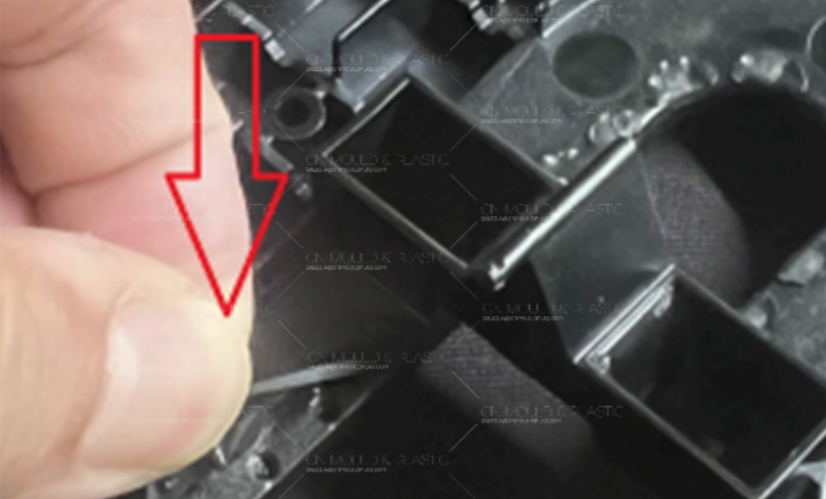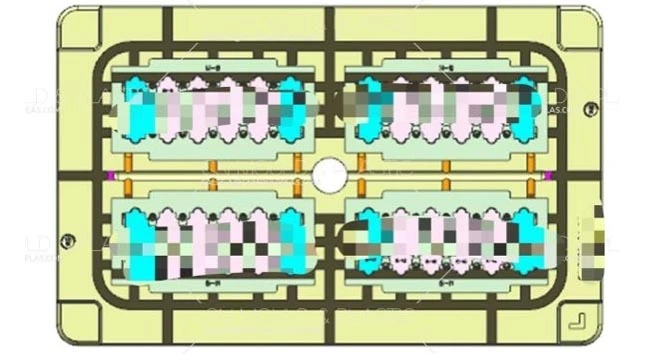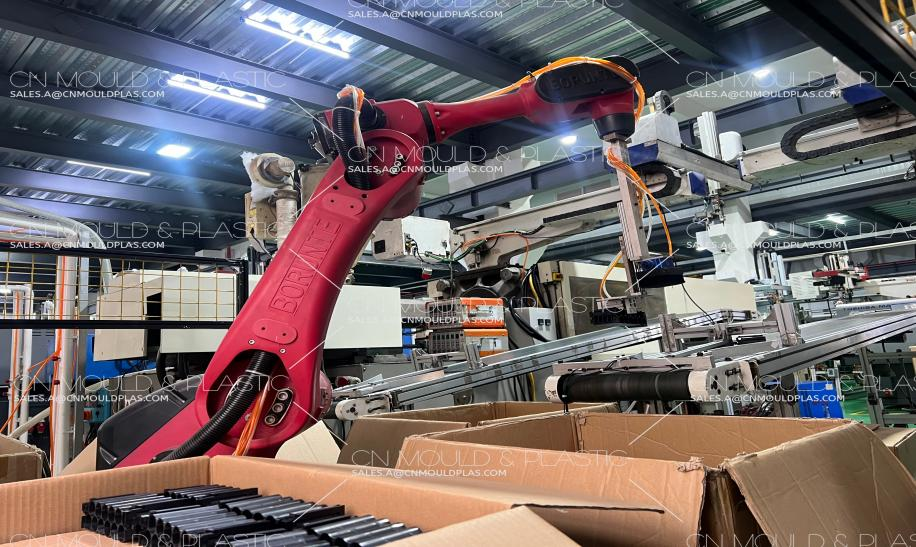① There are Two Types of Quality Defects During a training session, I once asked, "What is meant by a product with quality defects?" Most people couldn't answer immediately. After a short silence, various answers came up, such as "Things that are useless to the customer" or "Things that don't work." When I further asked, "Then how do you measure whether something is useless or not?" some people could answer right away, while others still had no answer.
In daily work, we often hear the reminder, "Be careful not to produce defective products." However, if the understanding of the key concept "defective" is not consistent, the standards for quality management will also vary greatly - and of course, product quality will be out of the question.

So, what exactly are quality defects? Briefly, there are two types: "Defects within the specification" and "Defects outside the specification." Obviously, products that exceed the given specifications are "defects outside the specification." However, if deviations from the specifications are inevitable during production or if the specifications themselves lead to customer complaints - that is, the specifications themselves are problematic - we refer to them as "defects within the specification."
A unified definition of "product quality defects" is the first step in improving product quality.
② Defects outside the Specification These are the commonly known quality defects. For example, in the first row of Table 1 - 1 ("Fixture Processing"), the specified value is "10 mm," while the measured value is 10.5 mm - a deviation of 0.5 mm from the specification. This is a defect outside the specification.
③ Defects within the Specification Defects within the specification refer to defective specifications themselves. Take the example of "Gear Processing" in Table 1 - 1: Although the specification is 20 mm, a gear with a measured value of 20.5 mm has no impact on the product function. It can be inferred that the problem lies in the specification. This is called a defect within the specification.
The translation follows the original text as closely as possible while maintaining the technical terms and clear structure. Technical terms such as "specification" or "measured value/specified value" are consistent with the German technical language in quality management.
Table 1 - 1 Explanation of Non - Conforming and Conforming Defective Products
| Work Name | Standard | Actual Value | Deviation Beyond Standard | Deviation Within Standard |
| Frame Machining | 10mm | 10.5mm | 0.5mm | |
| Transmission Machining | 20mm | 20.5mm | 20mm |
Table 1 - 2 Classification Table for Non - Conformities outside and within the Specification (Divided by Non - Conformity Content)
| Defect Content | Specification | Measured Value | Defect Classification (Outside Specification) | Defect Classification (Inside Specification) |
| Screw Fastening | Torque 3kg | 2kg | -1kg | |
Machining Dimension | 10mm | 9.8mm | -0.1mm | |
| Pipe Clearance | 0.5mm | 0.6kg | 0.5mm | |
| Frame Crack | 0.2mm | 0.3mm | 0.2mm |
Table 1 - 3 Classification Table for Non - Conformities outside and within the Specification (Divided by Work Standards)
| NO. | Defect Content | Specification | Measured Value | Classification and Explanation of Defects |
| 1 | Gear Lubricant Coating | Entire Surface | Coating Wrinkling | Inside Specification (Excess on the Entire Surface) |
2 | Cover Installation | 0.5mm | 0.7mm | Outside Specification |
3 | Bearing Inlay | No Floating | Floating 1mm | Outside Specification |
4 | Switch Installation | 3kg | 2.5kg | Inside Specification (2.5kg is also acceptable) |

